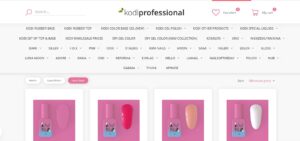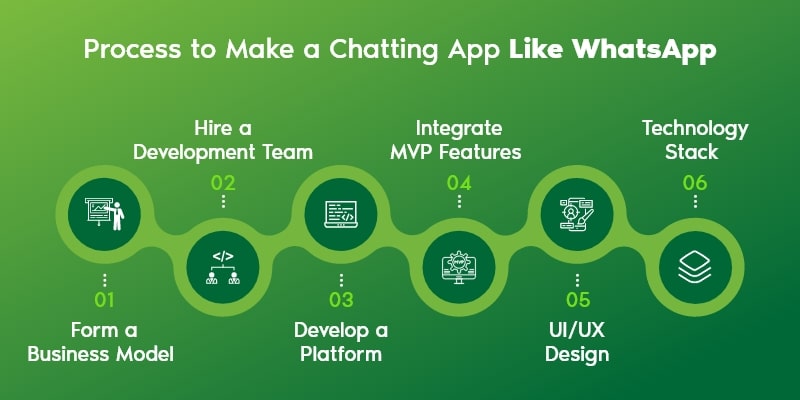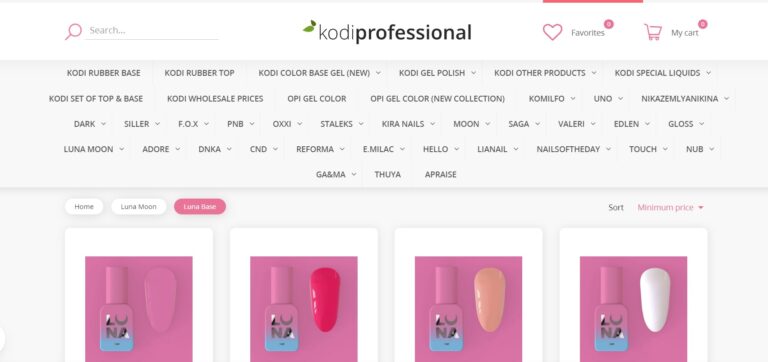In the ever-evolving landscape of communication apps, creating a platform as ubiquitous and user-friendly as WhatsApp requires a strategic blend of innovation, functionality, and meticulous development. Here’s a comprehensive guide to help you embark on the journey of making an app like WhatsApp.
1. Market Research and Analysis:
Before diving into development, conduct thorough market research to understand user expectations, preferences, and the features that contribute to WhatsApp’s success. Analyze your target audience, identify potential competitors, and pinpoint unique selling propositions for your app.
2. Define Your Unique Value Proposition:
Differentiate your app by offering a unique value proposition. Whether it’s enhanced security features, innovative messaging options, or user-friendly interface, clearly define what sets your app apart from the existing players in the market.
3. Design an Intuitive User Interface (UI) and User Experience (UX):
Craft a visually appealing and user-friendly interface. Prioritize simplicity and intuitiveness in design, ensuring that users can easily navigate through the app. Streamlined UI and UX contribute significantly to user retention.
4. Choose the Right Technology Stack:
Select a suitable technology stack for your app’s development. Consider factors like scalability, security, and platform compatibility. Common technologies include React Native or Flutter for cross-platform development and cloud services for scalability.
5. Integrate Real-Time Messaging and Multimedia Sharing:
Central to any messaging app is a robust real-time messaging system. Implement features that allow users to send text messages, multimedia content, and make voice or video calls. Ensure seamless integration to enhance user engagement.
6. Prioritize Security:
Security is paramount in messaging apps. Implement end-to-end encryption to safeguard user data and communications. Provide users with control over privacy settings to enhance their trust in your platform.
7. Optimize for Multiple Platforms:
Consider developing your app for both iOS and Android platforms to reach a broader audience. Optimize the user experience for each platform while maintaining a consistent design and functionality.
8. Testing and Quality Assurance:
Thoroughly test your app at every stage of development to identify and rectify bugs or glitches. Conduct beta testing with a diverse group of users to gather feedback on functionality and user experience.
9. Monetization Strategies:
Explore various monetization models, such as freemium, subscription plans, or in-app advertisements. Choose a strategy that aligns with your target audience and the features offered in your app.
10. Launch and Marketing:
Plan a strategic launch for your app, leveraging social media, influencer partnerships, and app store optimization. Create a buzz with a pre-launch campaign to generate anticipation and attract early users.
11. User Feedback and Iteration:
Encourage user feedback and actively monitor app analytics post-launch. Use this information to iterate and improve your app continuously. Address user concerns promptly and implement updates to enhance user satisfaction.
12. Stay Updated with Trends:
The tech landscape evolves rapidly. Stay informed about emerging trends in messaging apps, user behaviors, and technological advancements. Regularly update your app to incorporate new features and maintain relevance in the market.
Embarking on the journey to create an app like WhatsApp requires a blend of technical prowess, user-centric design, and a commitment to innovation. By following these steps and staying attuned to user feedback, you can craft a messaging app that not only rivals but also surpasses the standards set by existing platforms.





















